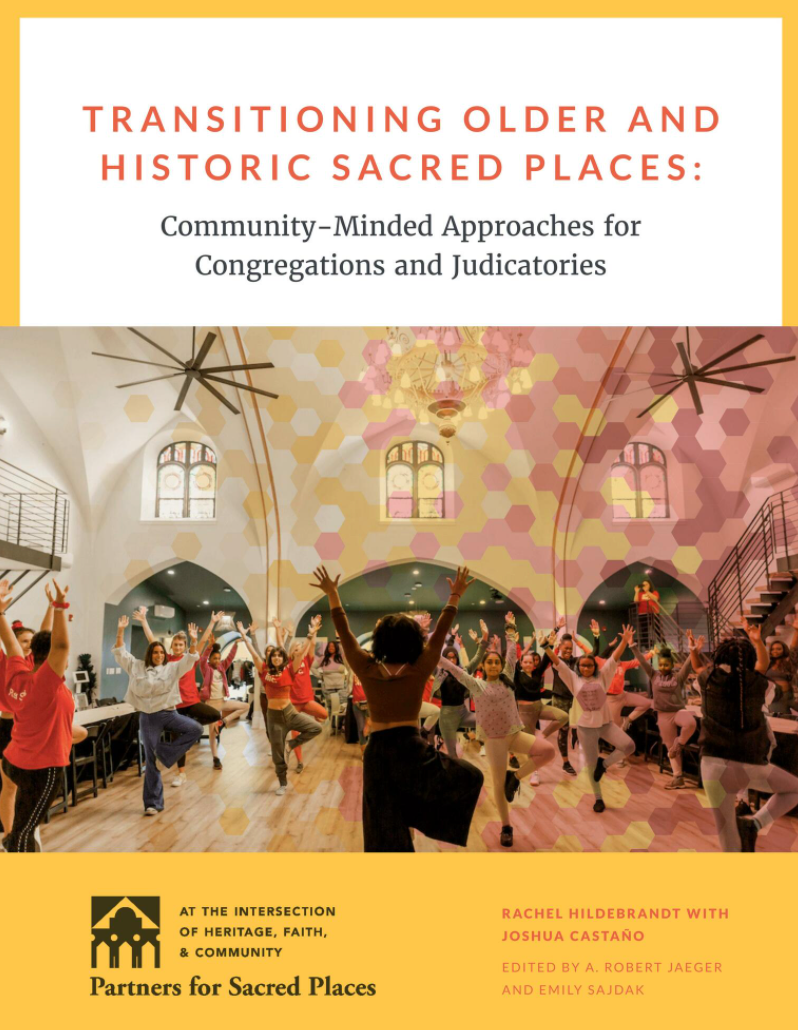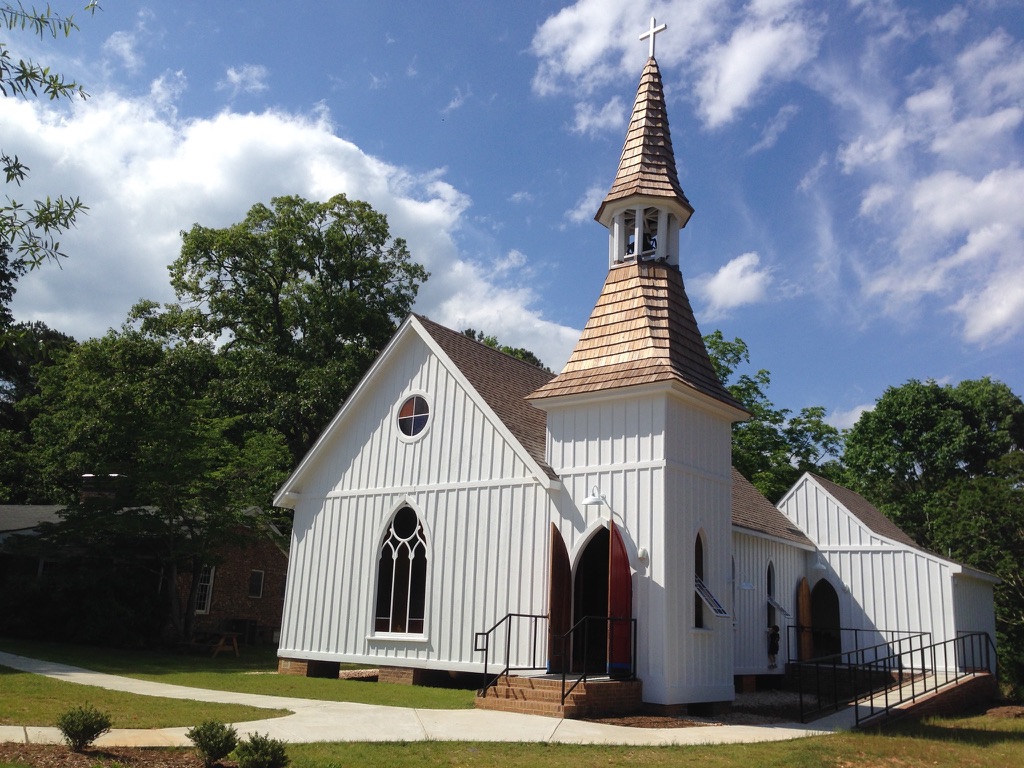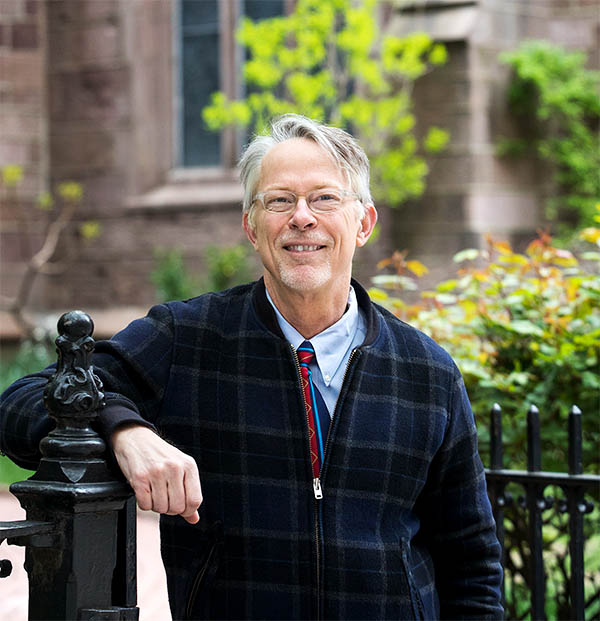Transition Services
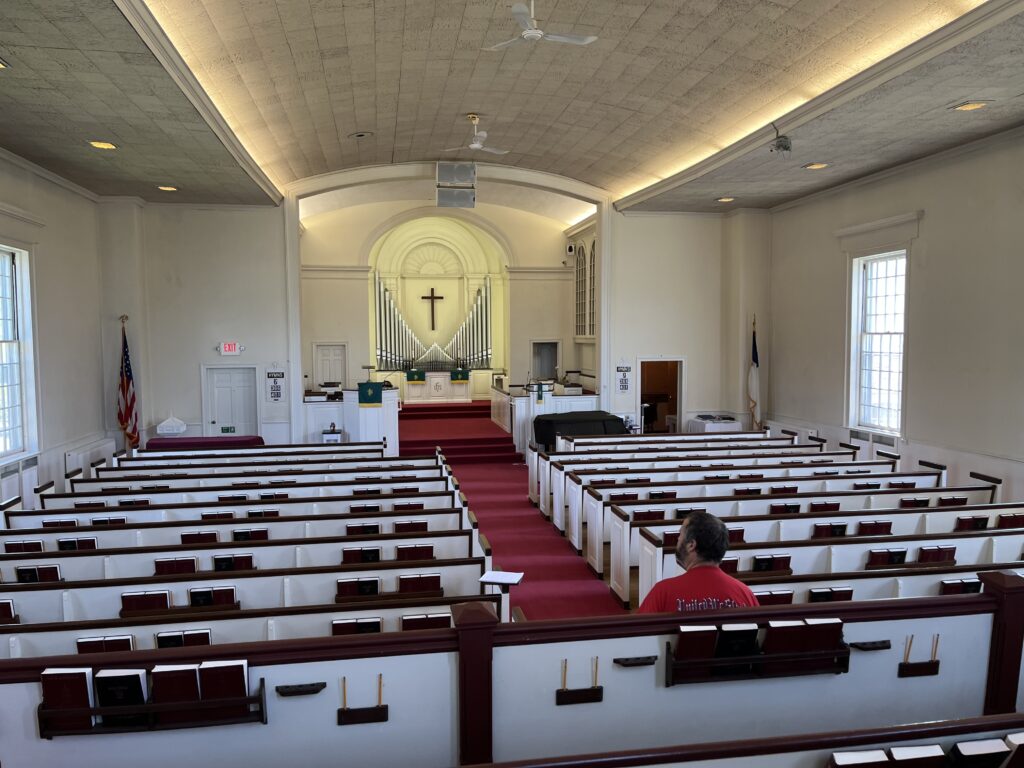
Across the nation congregations are rethinking their relationships with their buildings and their ability to steward their older properties while attending to their mission and ministry. Partners can help congregations reflect on—and answer—pressing questions:
- How does our congregation sustain itself and its building while our membership shrinks?
- How can we put our underutilized or vacant space to better use? Can it generate revenue or support our mission?
- Can we afford the maintenance and necessary repairs to keep our property in good condition?
- Are there ways to partner with other congregations, nonprofits, or real estate developers in the use or ownership of our property?
- Should we begin to plan for closure or merger in the coming years?
In response to these issues and questions, Partners has produced a ground-breaking guide—Transitioning Older and Historic Sacred Places: Community-Minded Approaches for Congregations and Judicatories. In addition, Partners offers a portfolio of resources, tools, and guidance that can empower faith communities to proactively address these questions and adopt a successful, community-minded approach that helps to sustain
the civic value of sacred places.
From Discernment to Action: Tools for Transition
Partners customizes its tools to provide the best fit for sacred places and their communities. We can directly serve a single sacred place or help judicatories and civic leaders develop strategic efforts that support a larger group of sacred places facing related questions about sustainability, mission, and the long-term public value of their property.
Strategic Visioning for Transitioning
Partners can serve as a support and facilitator as congregations work to discern their trajectory and their options, asking helpful questions, providing reflection and guidance, and managing strategies for property transition that include the input of community leaders and institutions.
Asset Mapping And Community Advisory Group
This tool can identify new stakeholders and develop strategies for connecting congregational assets, particularly underutilized buildings and spaces, to other institutions and assets in the community—revealing new options for the future of a sacred place.
The Design Charrette
Following the Asset Mapping work, an intensive design workshop, or charrette, can be organized to generate schematic drawings and plans that illustrate how the congregation’s property can be shared, reused or developed in new ways.
The Discovery Study
This tool helps a congregation understand its place in the landscape. Just as a lawyer might gather information in a “discovery” phase to strengthen their case, Partners’ discovery study helps a congregation better understand its role within the wider community and identify community assets they can leverage for funding, partnership, or development.
Space Assessment
For some congregations, new ways of using and sharing building space with other partners may be a viable option to explore. In these cases, Partners brings expertise on space-sharing to give congregations insights on opportunities to share space and begin new partnerships.
Learn More
For more information about how Partners can help your congregation transition its building or property, contact Director of Transition Services Dana Dabek at ddabek@sacredplaces.org. Read more about transitions in a recent themed issue of Sacred Places magazine.
Transitioning Houses of Worship: A Conversation from the Field
In August 2023, Rochelle (Shelly) Stackhouse, Senior Director of Programs at Partners for Sacred Places, facilitated a roundtable discussion on transitioning older and historic sacred places with leaders from the field. Included in the discussion were David Bowers of Enterprise Community Part [...]
An Interview with The Rev. Dr. Thomas E. Frank
The Rev. Dr. Thomas Frank has served as a pastor, teacher and leader in United Methodism and historic preservation for decades, in recent years serving as University Professor at Wake Forest University and President of Partners for Sacred Places. In the wake of the publication of his book, Historic [...]
SACRED PLACES / Faith and Form from the President
IT’S BECOMING INCREASINGLY APPARENT to civic leaders across America that many of our congregations, especially in older urban and rural communities, have declined in size over the last several decades [...]
